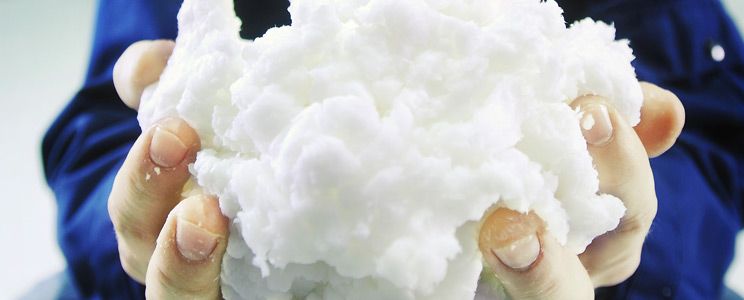The paper industry contributes in global economical growth by providing essential materials for various purposes and businesses, that are packing, print media, and hygiene products. However, paper production often results in substantial loss of environmental resources and cost. Here we will discuss the steps to minimize fiber loss in paper mills, prioritizing optimization of pulping machinery and equipments.
Understanding Fiber loss in Pulping process
Source and causes for fiber loss
In a pulp mill fiber loss is caused by various operations that are stock preparation, pulp screening and cleaning operations. Identifying and addressing this source loss helps reduce waste and increase pulping process efficiency.
Using fiber saver along with pulper in stock preparation helps efficient fiber recovery from rejected material by the pulper screen plates before the rejected material dumped in waste.
Preventative measures to minimize fiber loss
Upgradation of process machinery
pgrading outdated equipment or implementing new technologies can substantially reduce fiber loss. This may involve incorporating advanced sensors and automation systems, enhancing screening and cleaning processes, or utilizing energy-efficient machinery.
Optimization of process parameters
Monitoring and adjusting key process parameters, such as consistency, temperature, and pressure, can minimize fiber loss. These adjustments should be based on the specific characteristics of the fibers being processed, taking into account factors like raw material type, fiber length, and coarseness.
Regular maintenance and inspection
Frequent inspection and maintenance of machinery, particularly cleaning equipment, can significantly reduce fiber loss. Proper upkeep of critical components, such as screens, rotors, and filters, ensures optimal performance and reduces the risk of fiber loss due to equipment malfunction.
Balancing Cleaning Equipment for Minimal Fiber Loss
Proper selection of cleaning equipment
Choosing the right cleaning equipment, such as cleaners, screens, and filters, plays a crucial role in minimizing fiber loss. It is essential to select equipment based on the specific fiber characteristics and process requirements to maximize cleaning efficiency and minimize waste.
Efficient cleaner operation
Proper operation of cleaning equipment is vital for minimizing fiber loss. This involves ensuring that cleaners are running at optimal pressures and velocities and are adequately sized to handle the intended fiber flow rate. Additionally, regular inspection and cleaning of nozzles, cones, and other components can help prevent fiber loss due to clogging or wear.
Process integration and automation
Integrating cleaning equipment within the broader papermaking process and utilizing automation systems can further reduce fiber loss. Automated control loops and monitoring systems can help maintain optimal operating conditions and swiftly detect and address issues that may lead to increased fiber loss.




